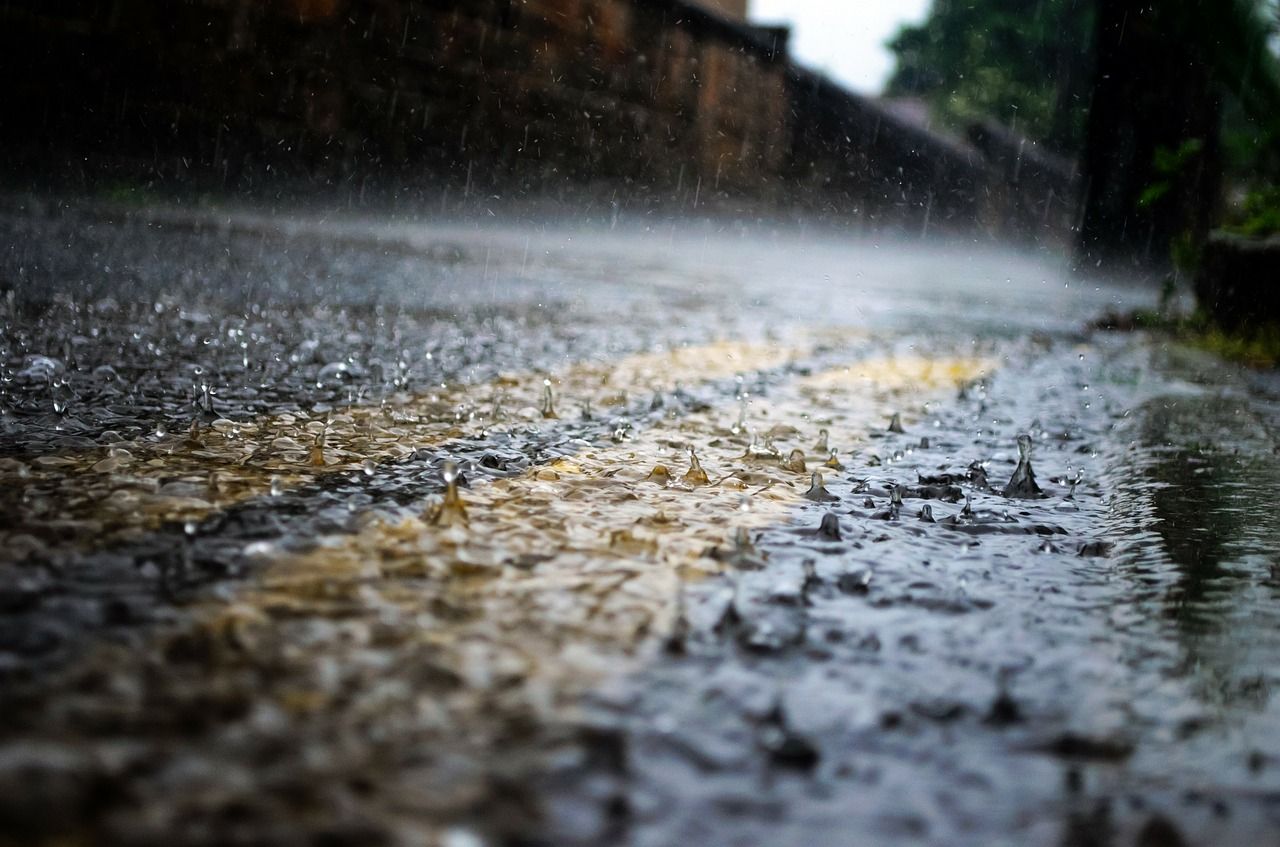
Stormwater pollution is a pressing environmental issue that affects our waterways and ecosystems. When rain falls, it can pick up various pollutants such as oil, chemicals, and debris, carrying them into rivers, lakes, and oceans. This can harm aquatic life, contaminate drinking water, and degrade the overall quality of our natural resources. Understanding the impact of stormwater pollution is crucial for implementing effective solutions to mitigate its effects. In this article, we will explore 15 insightful facts about stormwater pollution, shedding light on its causes, consequences, and potential remedies. By delving into these facts, we can gain a deeper understanding of the challenges posed by stormwater pollution and the actions needed to preserve the cleanliness and vitality of our water systems.
Key Takeaways:
- Storm water pollution from urban runoff and industrial discharges can harm aquatic life and drinking water sources, but green infrastructure and regulations offer solutions to protect water quality and public health.
- Collaboration and innovation are key in addressing storm water pollution, as communities work together to minimize its impact and develop effective management strategies for safeguarding water resources and ecosystems.
Storm Water Pollution Facts
Storm water pollution is a significant environmental issue that affects water bodies, wildlife, and communities. Here are 15 facts about storm water pollution that shed light on its impact and importance:
Storm water pollution can originate from various sources, including urban runoff, industrial discharges, and construction activities.
Storm water runoff can carry pollutants such as oil, chemicals, and debris into waterways, posing a threat to aquatic ecosystems and public health.
The accumulation of pollutants in storm water can degrade water quality and harm aquatic life.
Excessive nutrients and sediments from storm water runoff can disrupt the balance of aquatic ecosystems, leading to algal blooms and oxygen depletion in water bodies.
Storm water pollution can contribute to the contamination of drinking water sources.
When storm water pollutants infiltrate groundwater or surface water reservoirs, they can compromise the safety and quality of drinking water supplies.
Urbanization and impervious surfaces exacerbate storm water pollution.
As cities expand, impervious surfaces like roads and parking lots prevent rainwater from naturally infiltrating the ground, increasing the volume and velocity of storm water runoff and carrying more pollutants into water bodies.
Green infrastructure, such as rain gardens and permeable pavement, can help mitigate storm water pollution.
By promoting natural infiltration and filtration of storm water, green infrastructure practices reduce the impact of urban development on water quality and aquatic habitats.
Storm water pollution poses a threat to recreational activities and public health.
Contaminated water bodies can restrict recreational uses like swimming and fishing, and exposure to polluted storm water can pose health risks to humans and animals.
Illicit discharges and improper waste disposal contribute to storm water pollution.
Illegally dumping chemicals, oils, or waste into storm drains or water bodies can introduce harmful substances into the environment, exacerbating storm water pollution.
Storm water pollution regulations aim to control and minimize the impact of runoff on water quality.
Local, state, and federal regulations govern storm water management practices, requiring measures to reduce pollutants in storm water runoff from various sources.
Public education and outreach play a crucial role in addressing storm water pollution.
Raising awareness about the sources and impacts of storm water pollution empowers communities to adopt practices that prevent and reduce pollution in their local waterways.
Climate change can intensify the challenges associated with storm water pollution.
Extreme weather events and changing precipitation patterns linked to climate change can amplify the volume and intensity of storm water runoff, potentially exacerbating pollution impacts.
Sustainable land use and development practices can help minimize storm water pollution.
Implementing low-impact development strategies and sustainable land use planning can reduce the generation of pollutants from urban and construction activities, mitigating storm water pollution.
Storm water management strategies, such as detention basins and retention ponds, aim to control and treat storm water runoff.
These engineered structures help regulate the flow of storm water and remove pollutants before the water is discharged into water bodies, supporting water quality protection.
Collaboration among stakeholders is essential for effective storm water pollution prevention and management.
Engaging government agencies, businesses, communities, and environmental organizations fosters coordinated efforts to address storm water pollution through shared responsibility and collective action.
Innovative technologies and research advancements continue to drive progress in storm water pollution control and treatment.
Ongoing research and technological innovations contribute to the development of effective storm water management solutions, enhancing our ability to address and mitigate storm water pollution challenges.
Storm water pollution is a complex and pressing environmental issue that demands collective action and ongoing commitment to safeguard water resources and ecosystems. By understanding the sources, impacts, and mitigation strategies related to storm water pollution, communities can work towards sustainable water management and environmental protection.
Conclusion
In conclusion, understanding the impact of stormwater pollution is crucial for preserving the health of our ecosystems and communities. By recognizing the sources and effects of this pollution, we can take proactive steps to mitigate its harmful consequences. Through education, awareness, and sustainable practices, we can work together to protect our waterways and safeguard the environment for future generations.
FAQs
What are the common sources of stormwater pollution?Stormwater pollution can originate from various sources, including industrial activities, urban runoff, construction sites, and agricultural practices. These sources can introduce pollutants such as sediment, chemicals, and debris into our waterways, posing a threat to aquatic life and water quality.
How can individuals contribute to preventing stormwater pollution?Individuals can play a significant role in preventing stormwater pollution by adopting eco-friendly habits such as proper disposal of household chemicals, reducing the use of fertilizers and pesticides, and minimizing runoff from driveways and sidewalks. Additionally, supporting local initiatives for stormwater management and participating in community clean-up efforts can make a positive impact on reducing pollution.
Was this page helpful?
Our commitment to delivering trustworthy and engaging content is at the heart of what we do. Each fact on our site is contributed by real users like you, bringing a wealth of diverse insights and information. To ensure the highest standards of accuracy and reliability, our dedicated editors meticulously review each submission. This process guarantees that the facts we share are not only fascinating but also credible. Trust in our commitment to quality and authenticity as you explore and learn with us.


